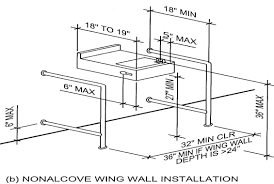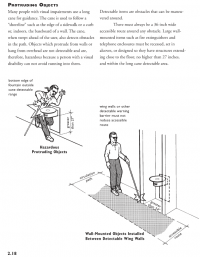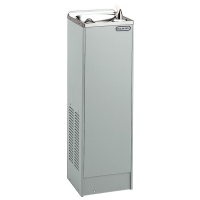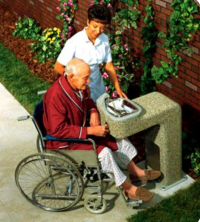rosegamble
Registered User
Hello,
I have a very large square-sized retail space. I need to add a drinking fountain. There is no alcove as-is.
If I put the drinking fountain on one of the long walls around this square-shaped space, would you consider this no-compliant with the protruding object rule? It's not technically in a "circulation path" with the 4" protrusion limit. But what really is a circulation path? I get that a drinking fountain cannot protrude into a hallway, but this is just one big large open room.
Thanks!
Rachel
I have a very large square-sized retail space. I need to add a drinking fountain. There is no alcove as-is.
If I put the drinking fountain on one of the long walls around this square-shaped space, would you consider this no-compliant with the protruding object rule? It's not technically in a "circulation path" with the 4" protrusion limit. But what really is a circulation path? I get that a drinking fountain cannot protrude into a hallway, but this is just one big large open room.
Thanks!
Rachel




